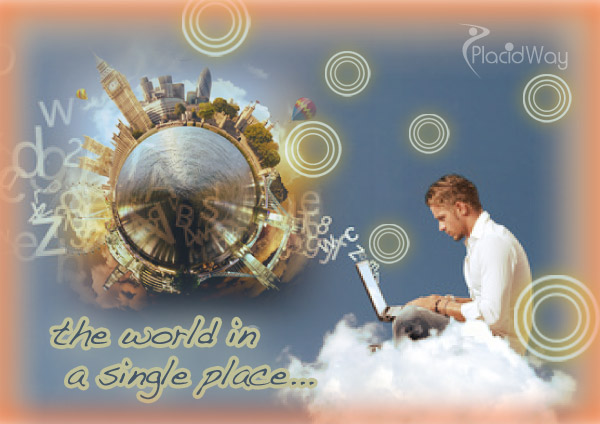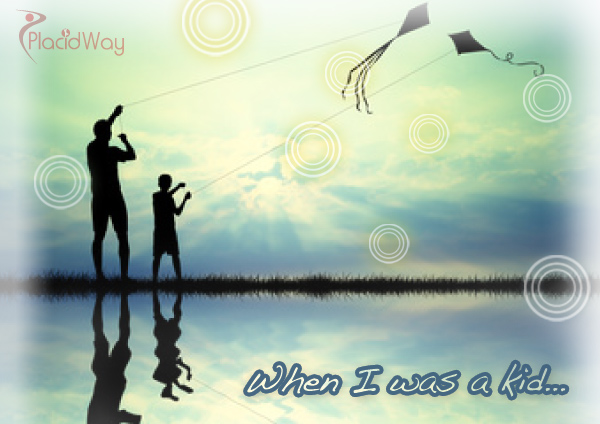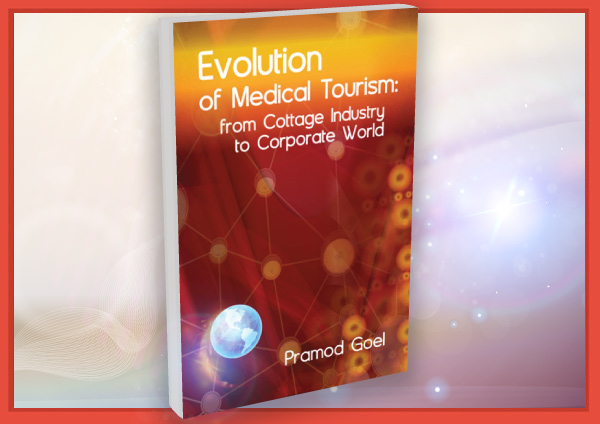
Visual Story-Telling comes from two words, visual and story–telling. Visual refers to anything that can be perceived with the eyes, and our sense of sight. Our ability to detect light and interpret it in different ways; this is nothing but our own perception and interpretation of the world around us. While story-telling is the transmission of events using words and images related to the story being told. Storytelling existed before writing, in the most primitive forms of storytelling usually spoken and combined with an expressive body language.
Visual StoryTelling is the use of visual elements for making up a particular message. It involves employing visual stimuli to “trap” audience and take them in an experiential journey. Visual Story Telling transforms a concept into something more “tangible” and is specific for the targeted audience. It provides them a snapshot of what they may expect from this interaction or communications.
People are attracted by stories because they transport them to other time or place where they desire to be, or these stories take them away from their real lives and give them hope. Due to empathy and our innate ability to process visual details, facilitating the formation of representations of the surrounding environment in our brains, we connect with the world around us. Visual stories are easier to process and more interesting to us because they are much more efficient and simpler compared to the written stories, and therefore they require less cognitive effort.
Today, when people are seeking medical services locally, they are able to communicate by personally visiting a center, talking to a doctor, and hence having a physical interaction with the system. While in the medical tourism industry none of these physical interactions is possible when a customer is considering treatment abroad.

In the medical tourism industry, most of our communication prior to customer arrival is via internet. Over 80% of the people are searching details of medical travel solutions online. The non-verbal communications including body language, facial expressions, or voice tone are not available. On the internet, most of the information is written, and most of the time we do not see the people we are talking to. Hence, it is vital to find an alternative way to communicate with the customers displaying same human touch as the people physically interacting with the local system. This would be essential to create more awareness and adoption of the medical travel solution among mainstream market.
In a crowded medical tourism market, when everyone is displaying same message of “we are the best, come to us”, our brains have a lot of difficulty remembering which center is saying what as there is no product differentiator in the marketplace. This is because every word we process is read as if it is an image; this means that if we have a message with 100 words, people reading this would be processing 100 different pictures. To make things more complex, if all medical providers are relaying on the same words, customers have a blurry image of who is saying what. Words are harder to remember than an image, video or composition. Visual depiction will leave a distinct mental image of the situation. The industry research states that over 65% of people retain a visual image much longer than written words that they have read somewhere.

Visual Story Telling in medical tourism implies EXPERIENCE, i.e. showing what your customers are looking for, their current environment, how they will interact with you and where they could experience medical travel.
To successfully create a Visual Story-Telling you have to use visual stimuli. The visual design portrays not only what customers will experience and live, but the perfect idealized environment for the target audience. The visual story has to take customers in a journey using nothing but visuals. This will stimulate their brains and will produce an immediate desire to live the experience.

This concept, also entails to activate old memories in people, which implies using childhood positive experiences to encourage the purchase; e.g., placing photographs of parents and children, if what you want is to promote a fertility treatment; photographs of outdoor activities, if the person is seeking an orthopedic surgery, that stimuli will generate an awaken desire for the activity viewed, and the desire to live the experience, increasing the possibility of action and purchase.
This also means you have to illustrate the real actions of real life in every single visual stimuli if this would be appropriate for the content. Real actions in real life, for example “a family playing together in the park”, will endow with credibility the story and whatever contents you’re trying to market.
It’s also vital to select the right message you want to market! The message must be exclusive to the content and must present an UNIQUE point.
Visual Story Telling involves a variety of elements; visual elements must be chosen accordingly to the content, it is not recommended to include visuals non-related to it, as this will distract the audience, and therefore the possibilities of taking action and purchase will decrease.

Visual elements could include: photos, illustrations and videos, but also lines, shapes, colors, lighting, texture, values, and placement in space among other stimuli capable to delight customers and take them visually to other places through the story. This composition must meet certain standards such as:
- Show REAL actions, show PEOPLE
- To be inviting & emotional
- Must show LIFE
- Denote brightness, luminosity and positivity using COLORS & contrasts
- Show a context (stories need to be on a certain time and place)
- Feel UNIQUE and believable
- Reflect the CULTURE (respect all cultures)
- Teach people something
- Give a personal touch
- Show whitespaces into the composition to give the feeling of relaxation and an “escape” to the sight
- When necessary, use text to increase the impact of the experience or provide an explanation.

Ask yourself the following questions:
- Who is your audience?
- What are their issues?
- Why is this important to them?
- What alternatives exist for them?
- How can you help?
- How can they use it?
- Why should they care?
- Will they benefit?
- Why should they buy from you?
With the answers to these questions you’ll understand what is important to your audience and your visual story will be much more effective.
When creating this type of Visual Stories, you must remember you have LESS than 30 seconds to create a connection & interest in the composition you are showing.
Something important on Visual Story-Telling is to know that a single image can tell a whole story. This can also be created with a variety of visual elements. Everything will depend on the context and how strong is the visual impact in our audience.
1) BEGINNING, “THE CHARACTER STORY”

The character is the person or people in the visuals with whom the audience can relate. The engagement occurs when customers look at themselves reflected in the story, something called “mirror effect”, which is usually referred to our own need to see ourselves & our actions in other people, whether we like those actions or not.
The use of this “effect” in Visual Storytelling produces empathy, a natural human emotion, in the audience. This empathy will generate identification with the character as well as provoke the urge to continue reading due to our natural curiosity to know how the story ends; “what will happen to the main character?” This is what we are asking ourselves while feeling identified with the problem, waiting for a happy ending that might be our own desire to re-gain health, which in this case is the character’s motivation.
2) MIDDLE: “The Idealization”
The idealization reflects how things could be for the character, where him or her will live different adventures, face obstacles or even better, where he/she will have the best results during the story. When we create a story with pictures and other visual elements, the idealization must reflect clearly what the customer wants, e.g. the end result of the treatment for the character. This can have one picture or a variety of them; it depends on how much content you consider is necessary for creating the impact on people.

During this step, it’s important to define a CONTEXT, communicate clearly and using visuals that are easy to understand and recognize; it does not matter if they are not perfect, but they have to be clear.
3) The END: “A Real Resolution”
In the resolution, after the main character gets what he/she needs, we show a conclusion. It is important to include real life results, to show the possibilities to the customer; this will help people identify with the story as you are showing real people. Real testimonials build TRUST in your business.
Having evidence to support the content you are trying to market, such as testimonies and / or commentaries from people into the content, or at the end of it, can help build that trust you want. It will add value to the content and the story, and of course will increase the possibility of action, as the customer now knows that what he/she wants is possible, because it was possible for other people.
Calm colors are usually related with solutions, the way we present this part is essential because this can affect the purchase in a positive or negative manner.
4) Ask people to do a “Call to Action”
In the story we also have to include a Call to Action Button or Banner; it can also be a phrase such as: “Give us a call”, “Send us an email”, “Give us a try”, “Get treated”. This will boost the “take action” of your audience. If your intention is that your customer proceeds through a series of steps on their way to making a decision to take action, then the CTA must be placed at the bottom of the page once the visitor has followed the whole story.
- Using elements with no visual impact, poor visual impact or poor contrast.
- Use visuals that will misrepresent your business.
- Showing the obvious & not market the experience.
- Creating the story with photos that are too difficult to understand, or that are not related to each other or the content.
- Using images with inappropriate lighting.
- Forget to include real people and/or real scenarios.
- Poor quality in the visual elements.
- Don’t experiment with the elements, placing the first photo you get.
- Don’t know the message or concept before you create the story.
- Don’t combine words (copy) for it to be more understandable. It’s important to emphasize the experience and the action in the photos.
When used properly, a Visual Story-Telling Composition provides you with a great alternative to break that barrier of communication with your online customers, and making them remember you, your company and your brand.



















